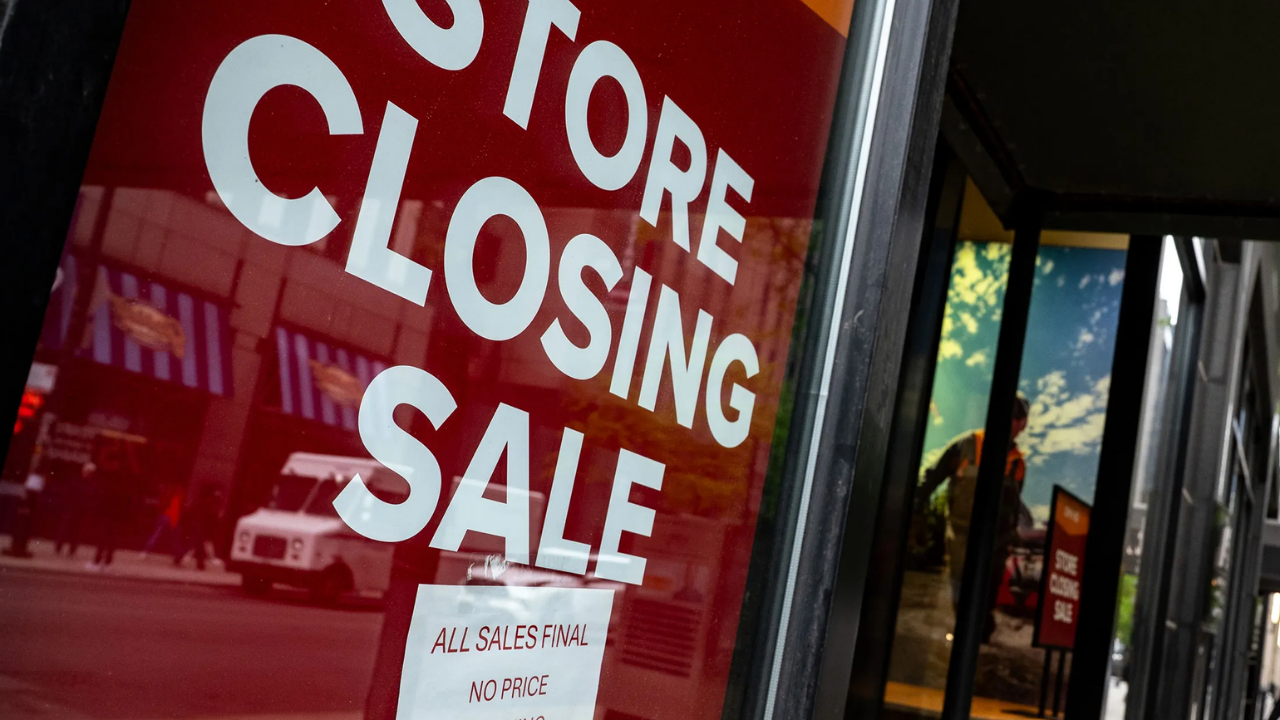
America’s oldest outdoor brand is currently facing a major issue. According to The U.S. Sun, the company will be closing 36 stores, nearly half its U.S. locations, by early 2026.
The company attributes this to a surge in tariffs that has significantly increased costs. The closures mark a significant change for a brand that has been woven into the fabric of American outdoor life. But what does this mean for the industry’s future?
Retail Shakeup
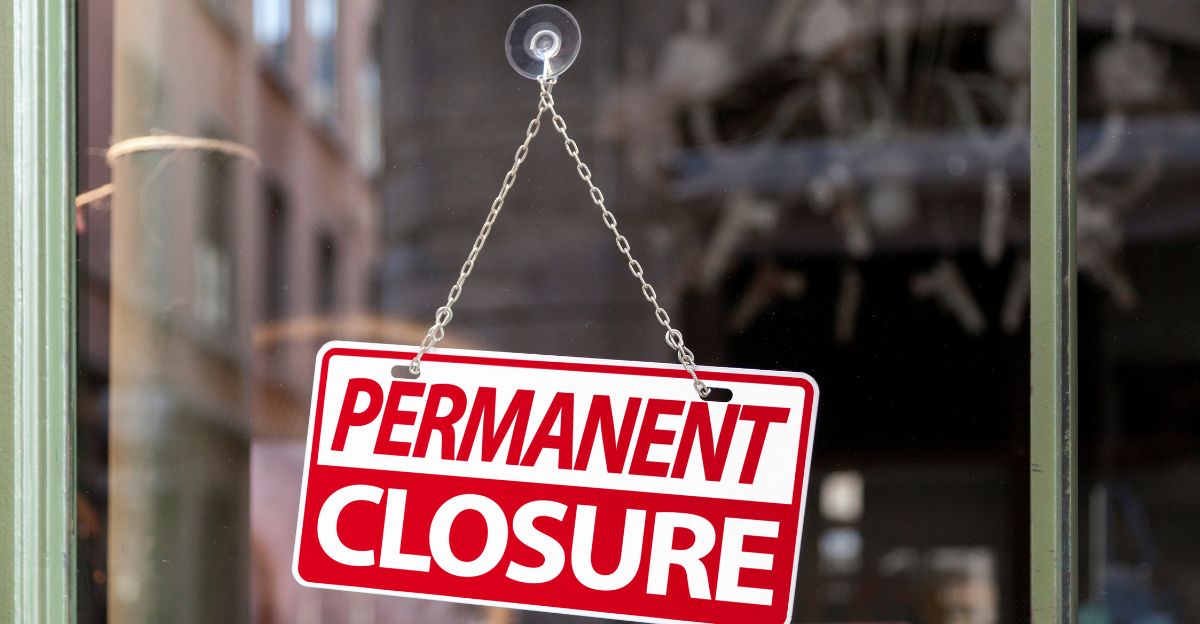
The scale of the company’s retrenchment is unprecedented. Thirty-one stores and five outlets will close their doors for good.
This isn’t just a corporate decision; it’s a signal that specialty retailers nationwide are under mounting pressure from trade policy shifts. Could this be the start of a broader retail contraction?
Legacy in Jeopardy
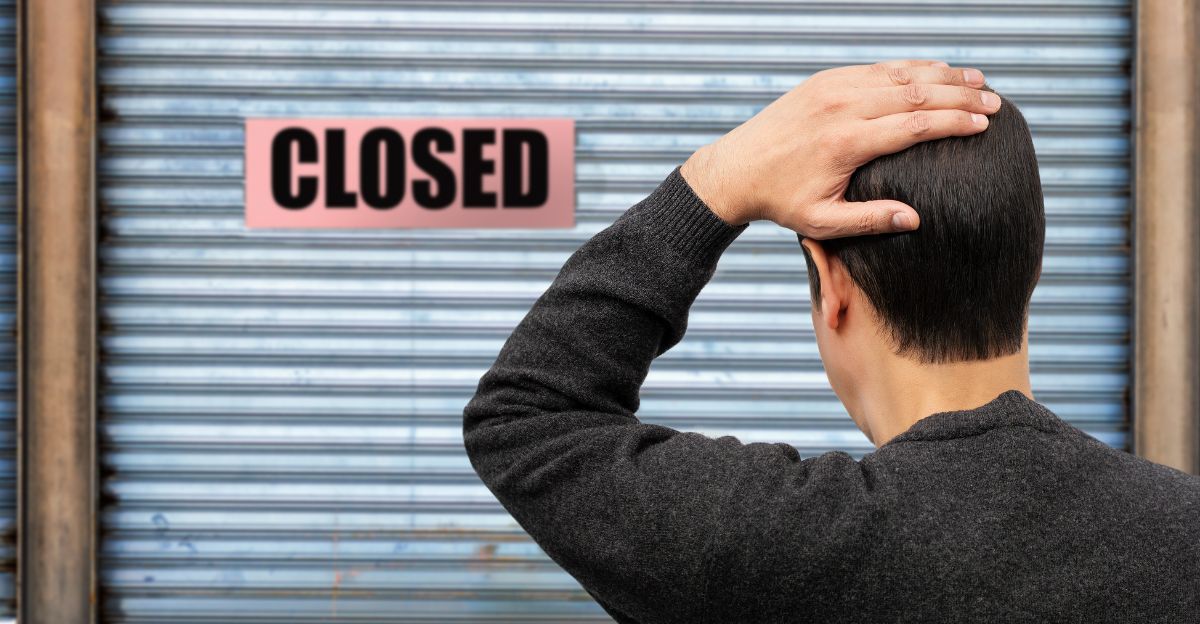
The company was established in Vermont in 1856 as America’s first mail-order retailer and has survived wars, depressions, and changing outdoor trends.
Its reputation for quality fly-fishing gear and outdoor apparel made it a household name. Now, the store’s legacy is being threatened by forces beyond its control.
Mounting Pressures
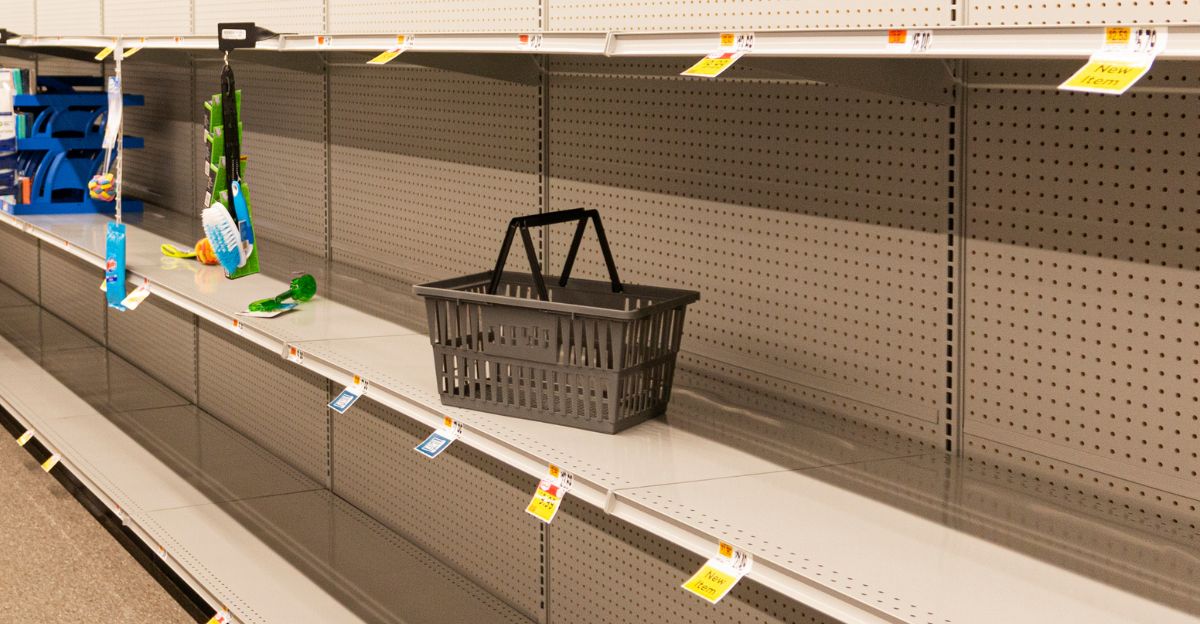
The outdoor retail sector has faced rising costs for years, but recent tariff hikes have pushed many to the brink. The company’s CEO, Simon Perkins, described the current tariff environment as “unprecedented.”
For specialty retailers, these added costs can be the difference between survival and shutdown.
Orvis
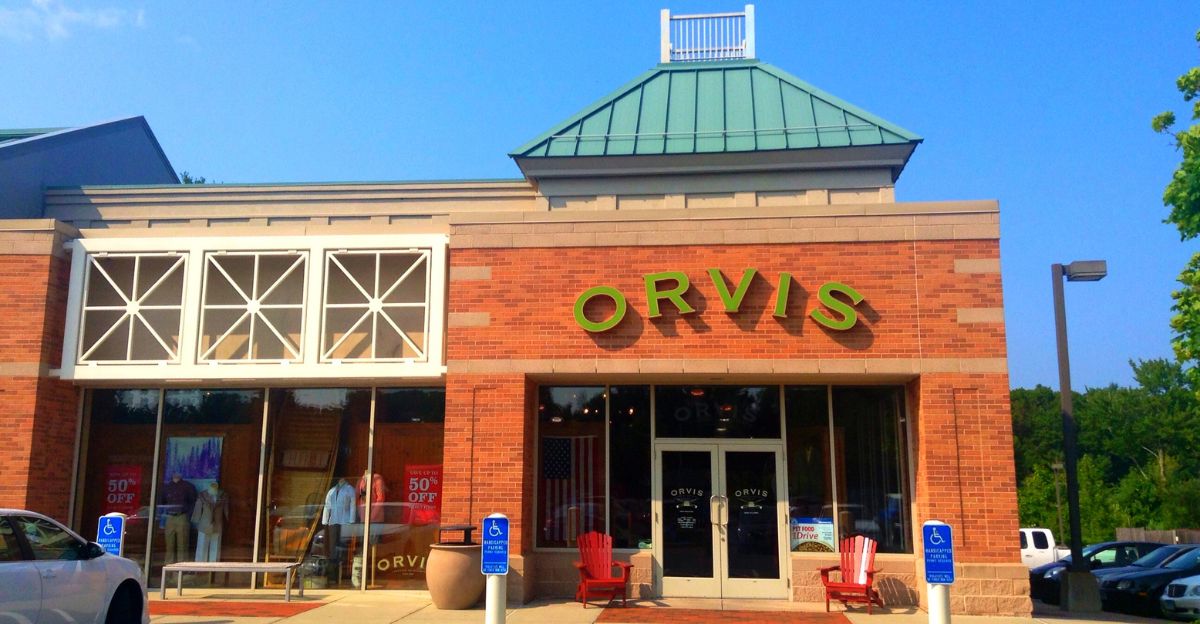
The Daily Mail confirmed that Orvis, a brand that has been around for 169 years, will close half of its outlets by early 2026, reducing its U.S. retail footprint from 71 to 35 locations.
“Like many in retail, Orvis’ business model faced a sizeable shift with the introduction of an unprecedented tariff landscape,” Perkins said. “To ensure a durable brand and model for decades to come, we are focusing on our core strengths and making the difficult but necessary decision to rescale the business by tightening our assortment and reducing our corporate store footprint.”
Regional Fallout
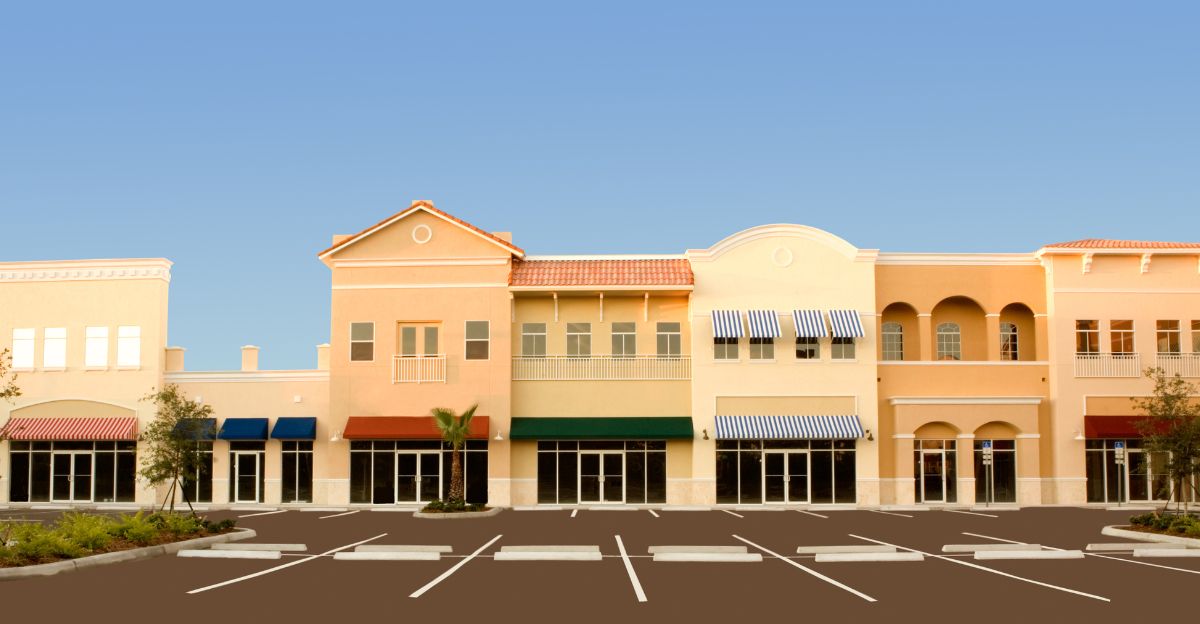
Communities across the country will feel the impact. Many Orvis stores are anchors in small towns and suburban centers, supporting local economies and outdoor tourism.
The closures will lead to lost jobs, reduced foot traffic, and fewer options for outdoor enthusiasts in affected regions. It remains unclear which locations are set to close.
Human Toll
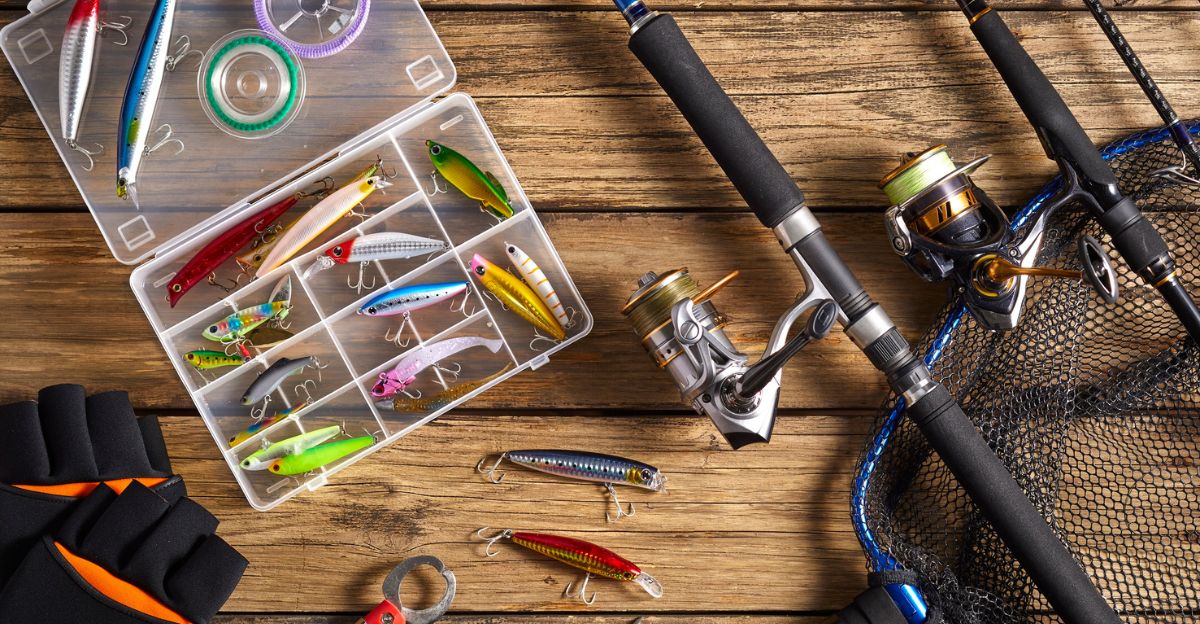
A year ago, Orvis began an effort to strengthen its business by scaling it down. The company announced plans to reduce its workforce by 8%, affecting 112 employees, and discontinue its catalog. Then in June, citing the impact of tariffs, Orvis announced an additional 50 layoffs, or about 4% of its remaining staff.
The cuts have left many longtime employees facing sudden uncertainty, with some departments losing entire teams.
Partners Step Up

Orvis is not disappearing entirely. The brand will maintain partnerships with over 550 independent retailers and major chains like Bass Pro Shops, Cabela’s, and Sportsman’s Warehouse.
These alliances may help cushion the blow, ensuring Orvis products remain widely available even as company-owned stores vanish from many communities.
Industry Ripple
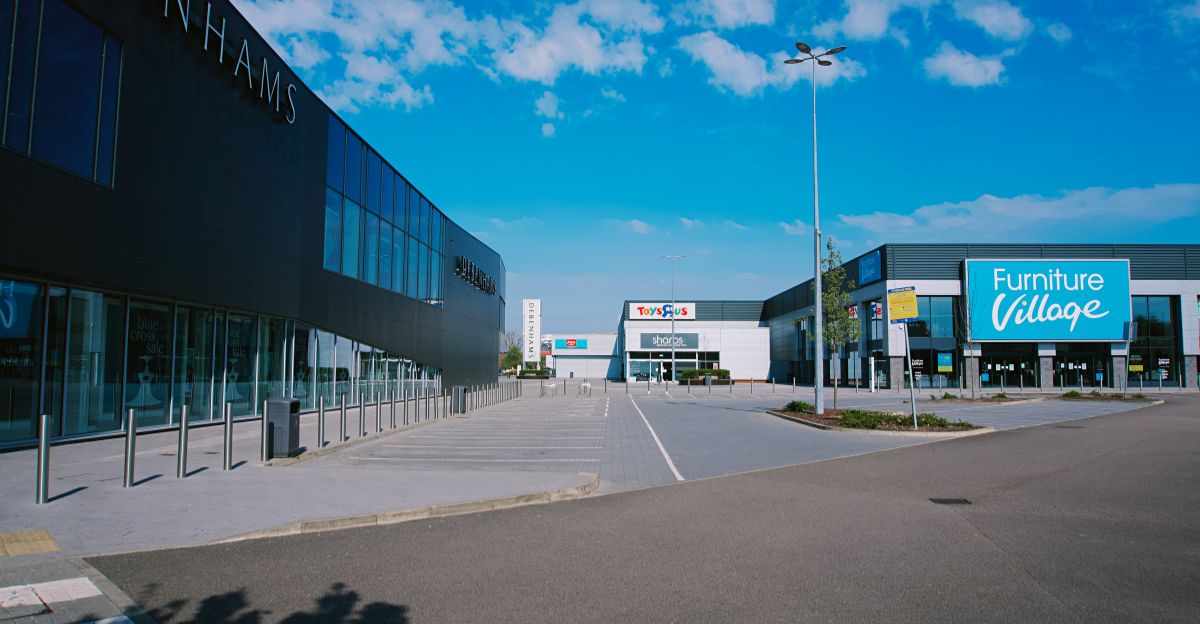
Orvis’s retrenchment is part of a larger trend. Retailers across the U.S. are grappling with tariff-driven cost increases, supply chain disruptions, and shifting consumer habits.
Some competitors are consolidating, while others are doubling down on e-commerce or exclusive partnerships.
Collateral Damage

The closures don’t just affect Orvis. Suppliers, local guides, and tourism businesses that rely on Orvis’s presence will also feel the pinch.
The ripple effect could mean fewer outdoor events, less community engagement, and a diminished ecosystem for outdoor recreation in many regions.
More Than Products
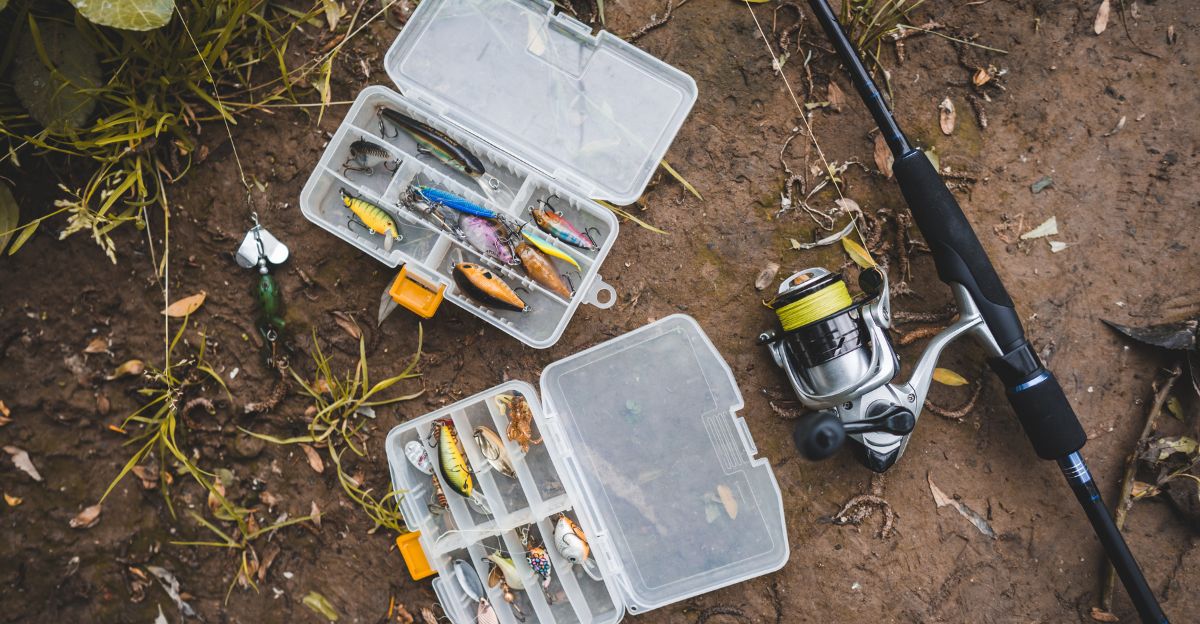
“Since 1856, Orvis has inspired generations of adventure in the field and on the water. Guided by that same purpose, we are entering an exciting new chapter by returning to our roots and sharpening our focus on the pursuits at the heart of our heritage: fly fishing and wingshooting,” Perkins said, despite the unfortunate news.
“This focus is about more than products—it’s about ensuring Orvis continues to lead in innovation, serve our angling and upland communities, and protect the wild places we love.”
Leadership Response
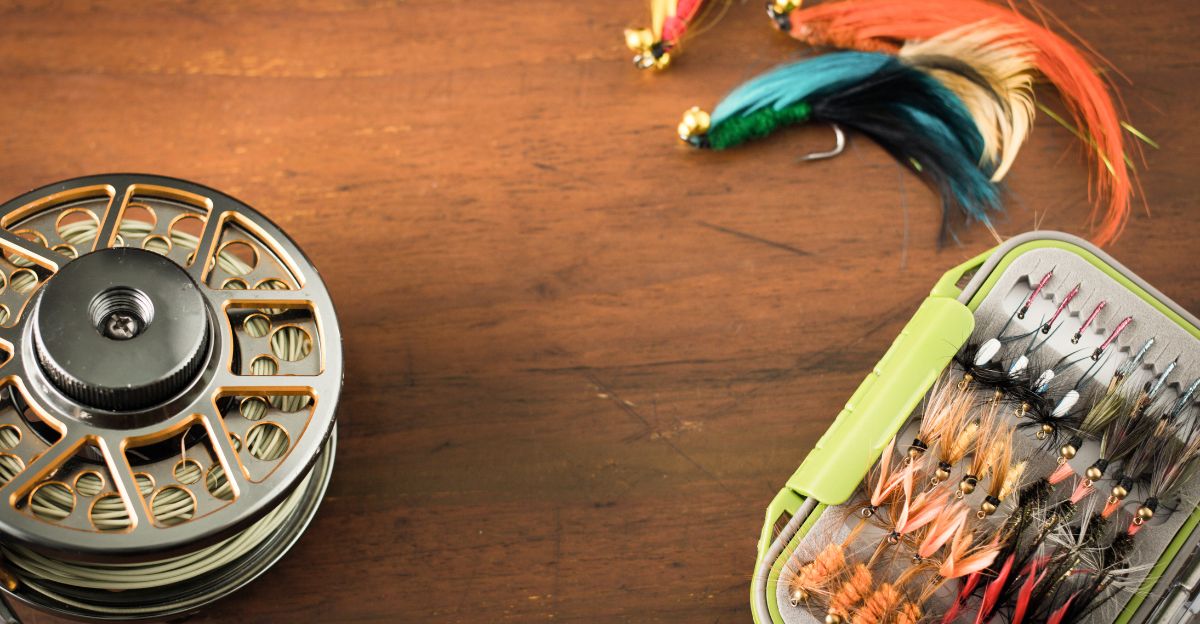
“Looking ahead, we are investing in the areas where Orvis makes its greatest impact — world-class gear and apparel, unforgettable experiences, and a deep commitment to conservation,” Perkins said.
Leadership insists the move is necessary to preserve the brand’s long-term health, but some stakeholders remain skeptical about the path forward.
The Impact on Customers
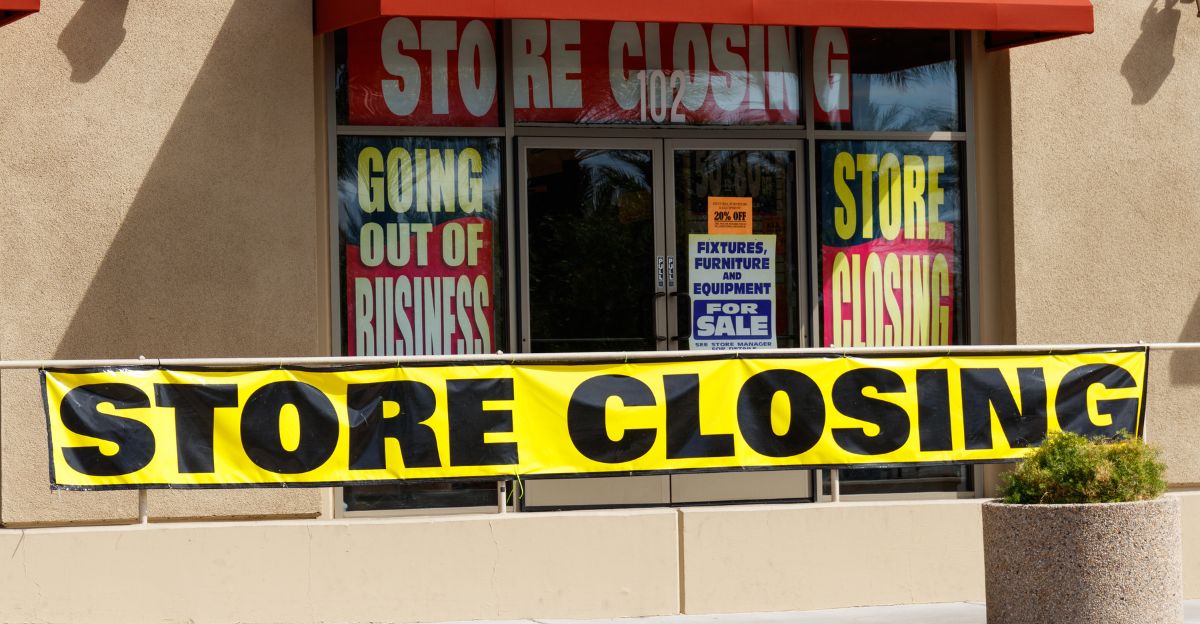
For loyal customers, the closures mark more than the loss of a favorite store; it’s the end of a trusted community hub. Many Orvis locations were favorite spots for anglers, dog owners, and outdoor enthusiasts who relied on expert advice, gear repairs, and in-person events.
With fewer stores, customers in smaller towns and rural regions might lose easy access to the brand’s personalized service and specialty products. While online shopping and retail partners can fill some of the gap, longtime patrons say the in-store experience simply can’t be replicated digitally.
Market Uncertainty
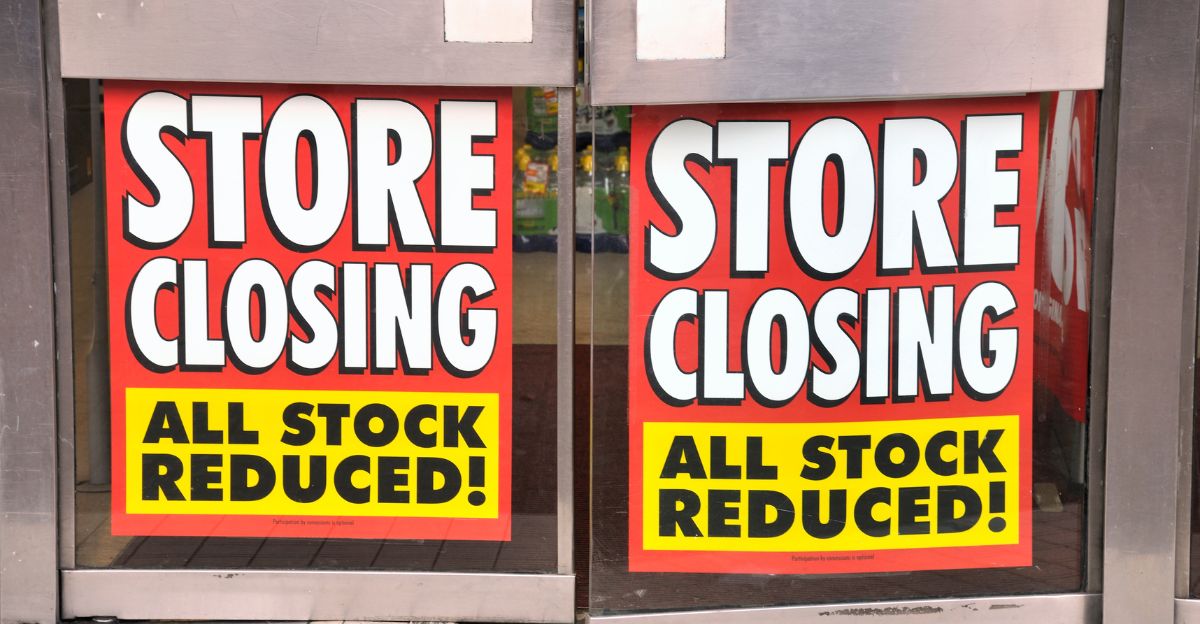
Industry experts warn that these challenges are not unique. With tariffs unlikely to ease soon, other specialty retailers may follow suit.
The future of brick-and-mortar outdoor retail hangs in the balance, with consolidation and closures likely to continue.
What’s Next?
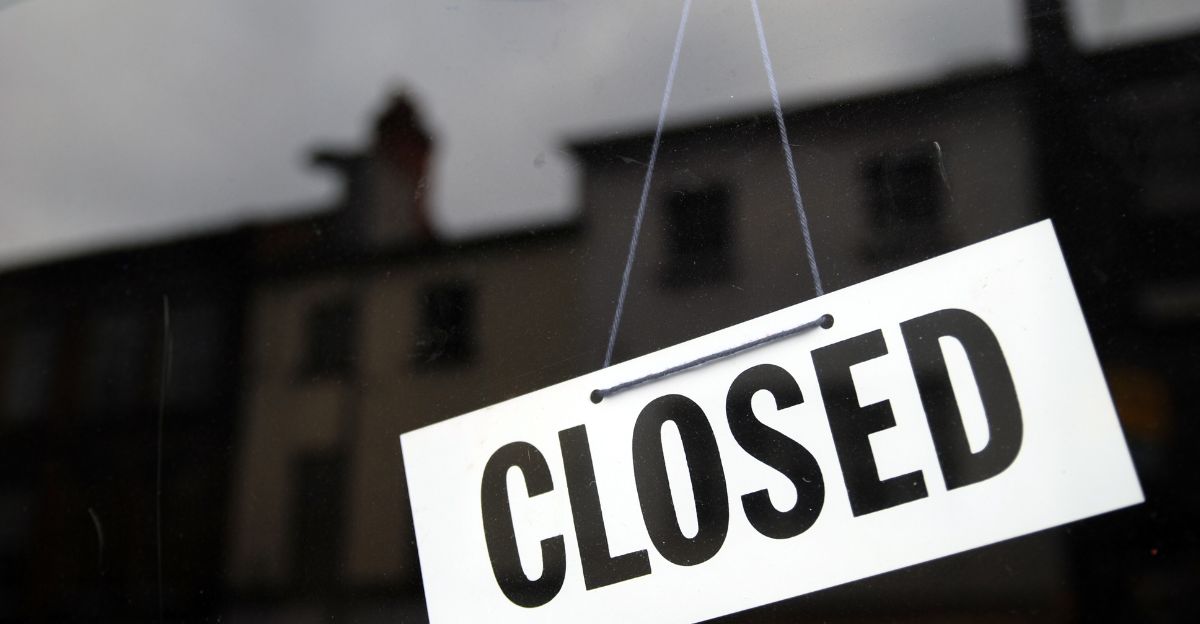
As Orvis prepares to close nearly half its stores, the outdoor industry faces a pivotal question: Can legacy brands adapt to a world of rising costs and shifting consumer habits?
The answer may determine not just Orvis’s fate, but the future of outdoor retail in America.